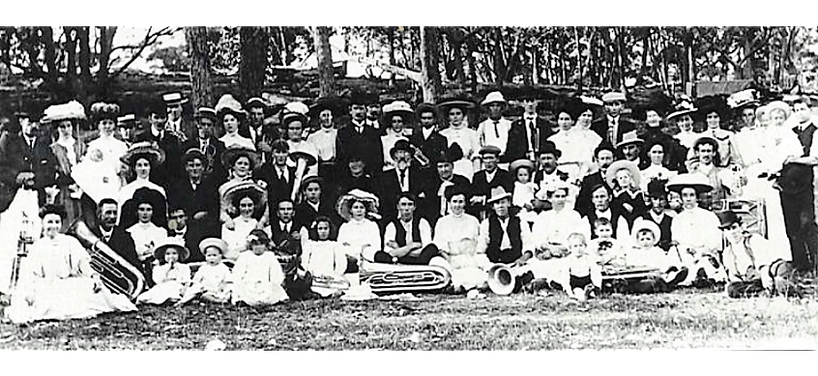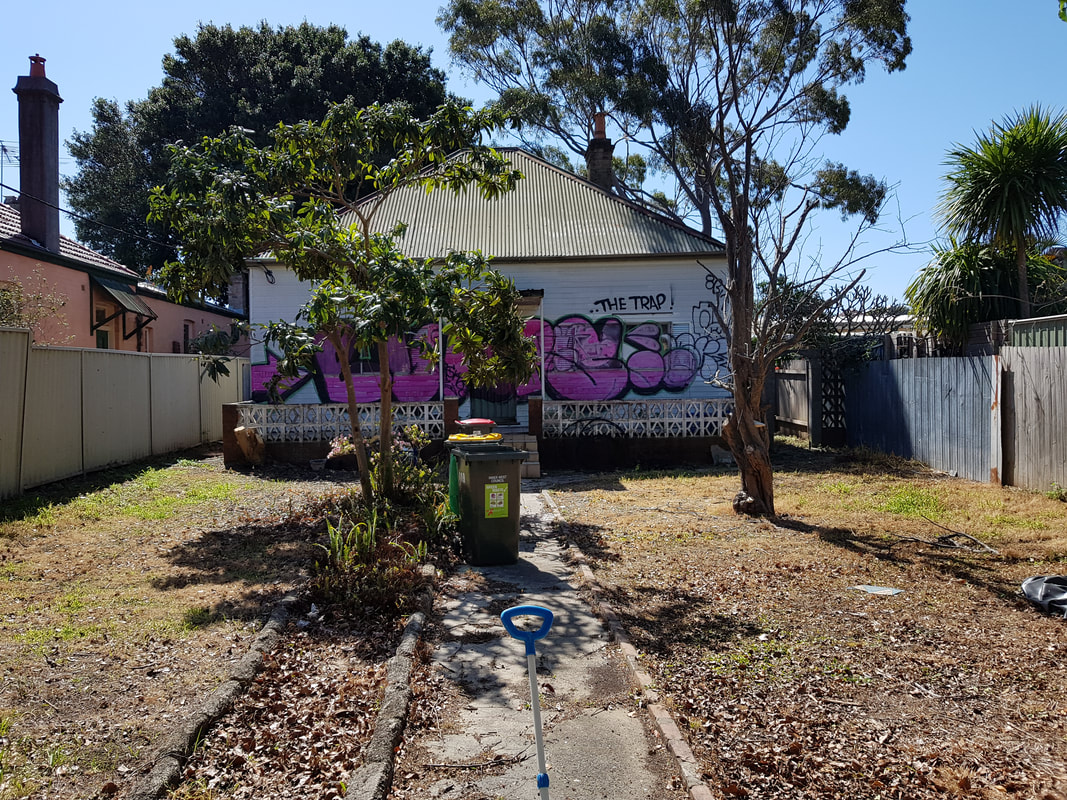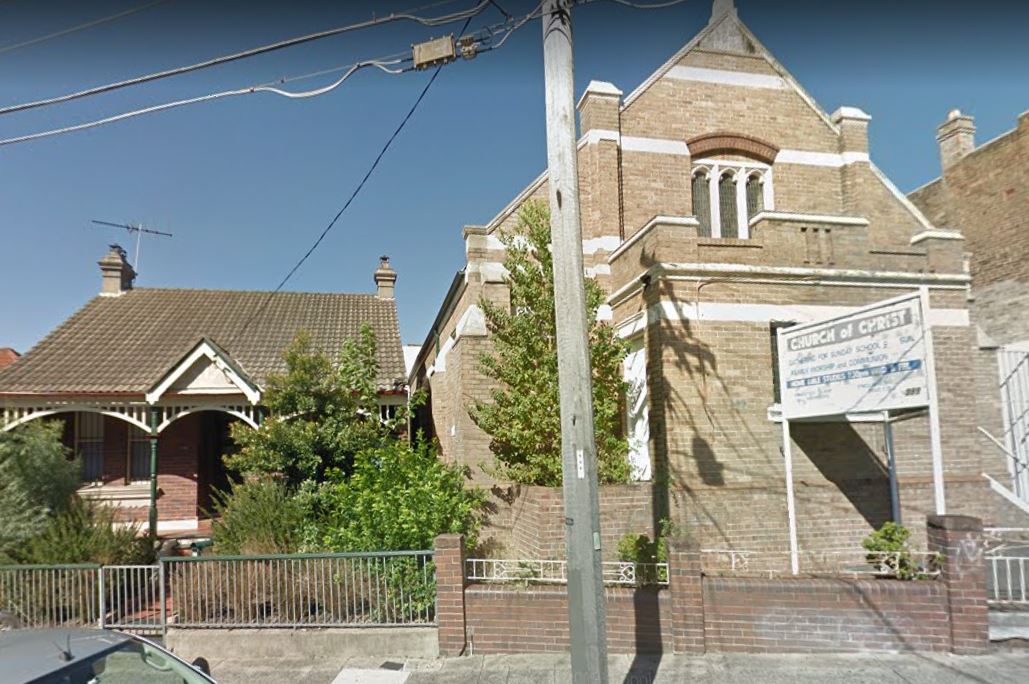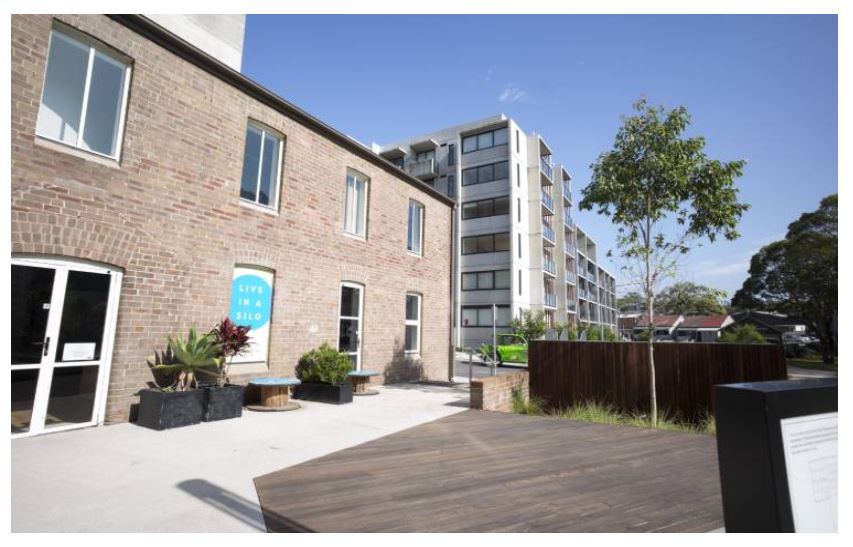|
Dedication
This website is dedicated to the houses and people of Marrickville. It is a celebration of our past and the road travelled to our present. It is filled with stories about the houses and buildings that shape our neighbourhoods and the people who lived in them. From time to time the legacy of one of our pioneers will be put under threat by an imperfect development process. A page on this site is dedicated to these special buildings in the hope that by understanding their history we might honour them instead of demolishing them. And if the axe does fall, they will be remembered here, in memoriam. The Marrickville story The beginning During the 1800's the town of Sydney grew into a city with all the accompanying growing pains of crowds, illness, infant mortality and debauchery. It developed a class system based on the English model. The upper class emerged from the early military rule and was supplemented by a wave of affluent British migrants who saw New South Wales as the promised land. The lower class were born out of Sydney's convicts and burgeoning migration program designed to entice labour to the colony as replacement for the defunct convict workforce. Early Marrickville In 1855 Thomas Chalder subdivided his estate and sold it as "Marrickville". Far from the city, it was an idyllic rural neighbourhood where dairy farms and market gardens co-existed cheek by jowl. Marrickville became a place of escape for the wealthy who could return to the City in their own transport whenever they needed to. Much of the land was subdivided into villa sized allotments and was bought in bundles by those who wanted large spaces not available in the City and who yearned to be surrounded by genteel neighbours. Early Marrickville was sparsely populated as much of the land was held by speculators who never intended to move to the area, but could see its long term potential. In this climate, Marrickville's grand houses began to accumulate. Marrickville grows But time and science move forward. Trains and trams formed networks over the rapidly expanding suburbs and it became easier to move about Sydney without need of a retinue of carriages and horses. The allotments were cut down into halves and even thirds to accommodate the new workforce who now had the means to travel longer distances from home to work. In 1889 a great flood wreaked disaster upon Marrickville. Unscrupulous developers had sold off swamp land close to the train station that was completely unsuitable for habitation. Marrickville Council scrambled to drain the swamp and turn it into an industrial zone. The name Marrickville began to stink as much as its water courses. And the wealthy moved out. Working class Marrickville By the 1940's Marrickville was proudly working class and the great houses were viewed with scorn. The destruction had already begun in order to access the land the houses stood on. Dozens of families could be housed in place of one. Soldiers returning from world war II were faced with a housing shortage so the carnage could be justified. It continued for decades under the protection of a municipal development application process. Marrickville today Today's Marrickville is one that is very comfortable in its own skin. Grand houses and red brick flats sit side by side in a neighbourhood that embraces its identity as the bastard child of a duke and a pauper. It is the home of artists, professionals, the rich and the poor. It welcomes everyone. It is a community. |
Latest stories
119 addison rd
| ||||||
| local_housing_strategy_executive_summary_june_2019.pdf | |
| File Size: | 4224 kb |
| File Type: | |



